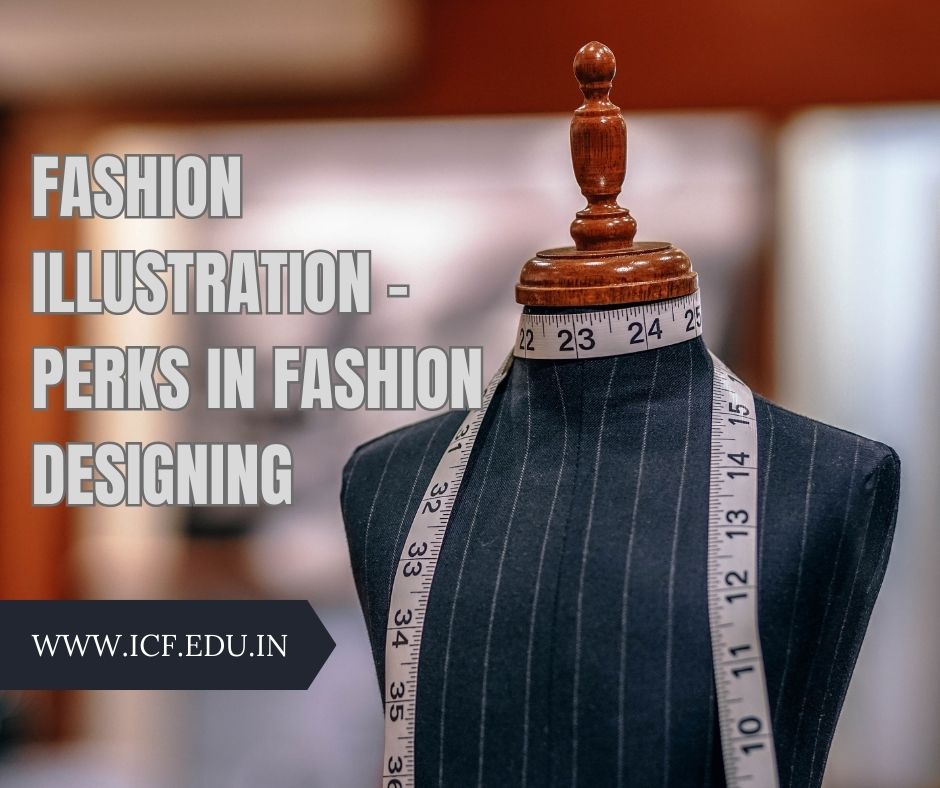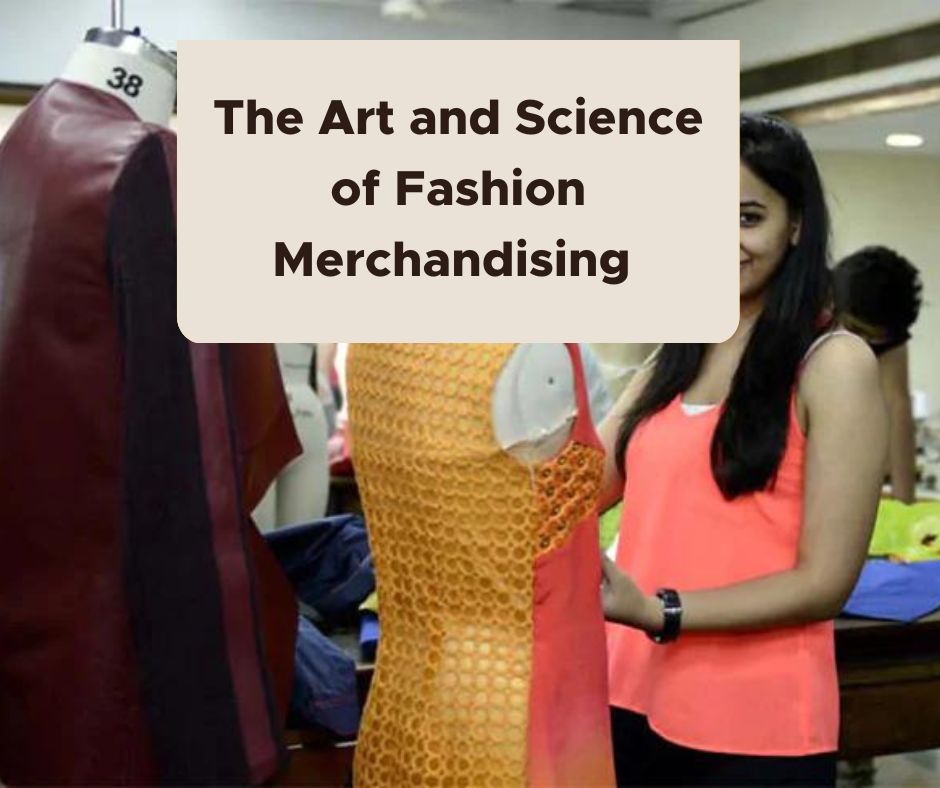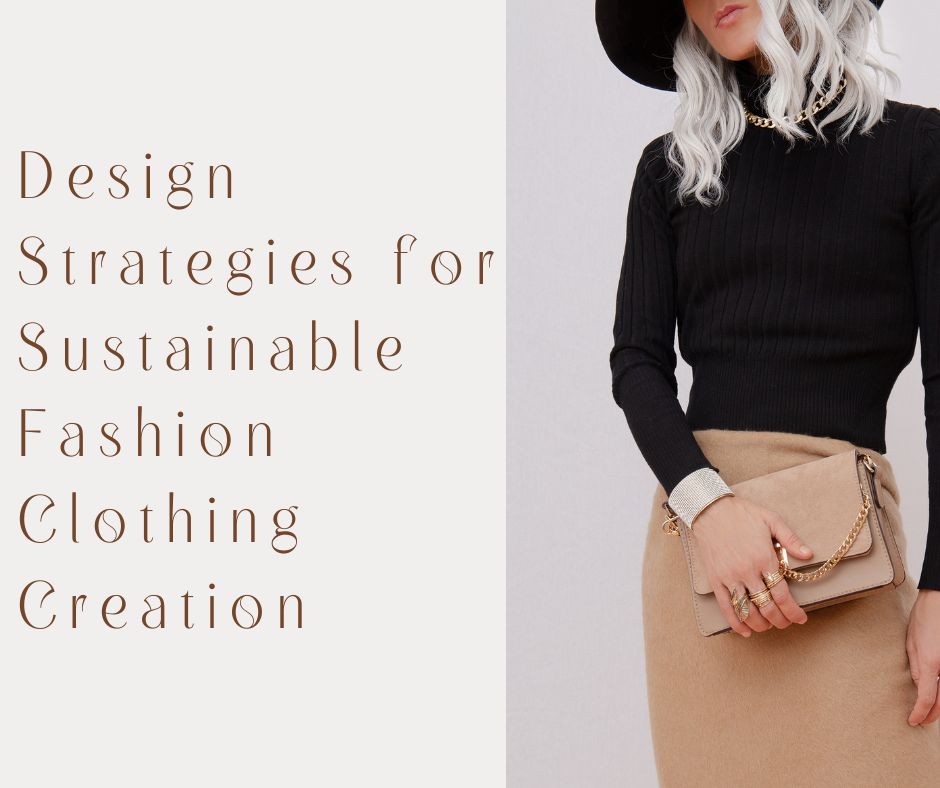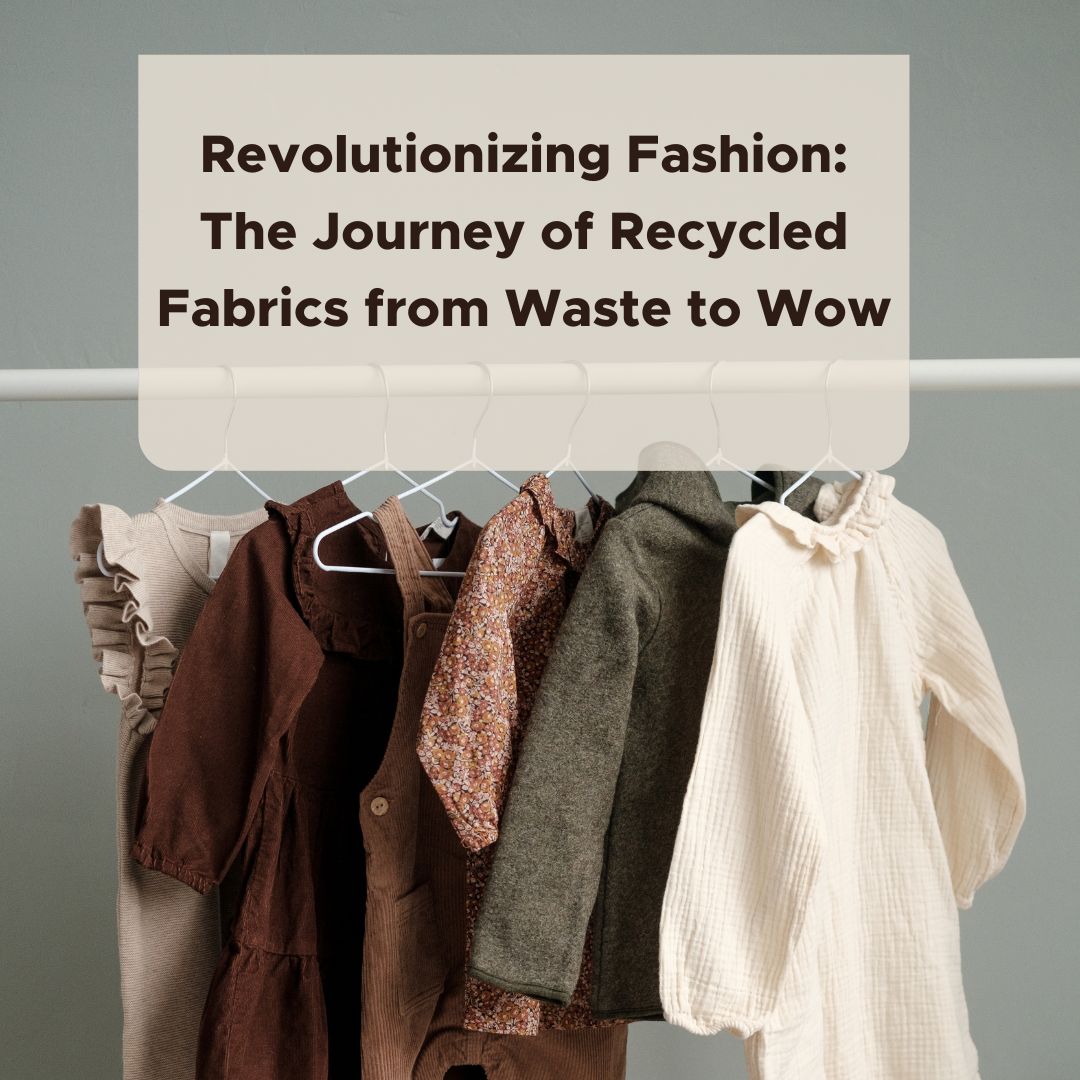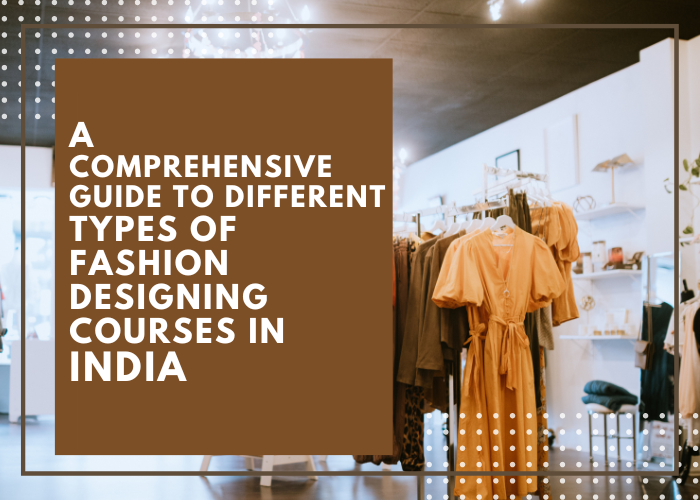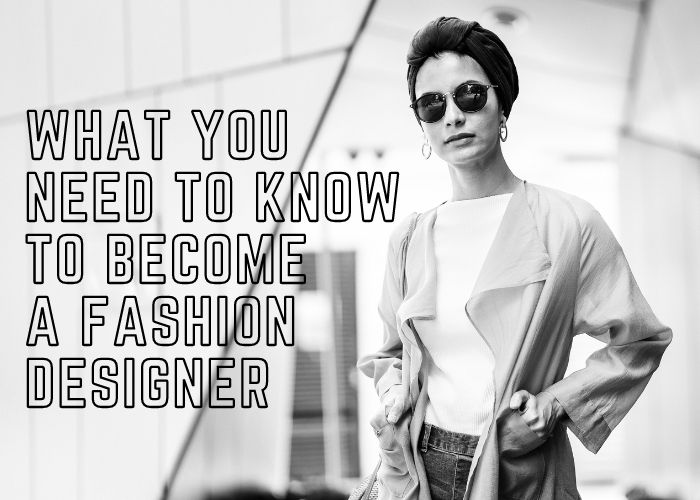Fashion illustration is the art of creating visual representations of fashion designs using various mediums and techniques, such as pencil and paper, watercolors, markers, or digital tools like Adobe Photoshop and Illustrator. Fashion illustrations are used to communicate design ideas to clients, manufacturers, and other stakeholders in the fashion industry.
Fashion illustration is a vital skill for aspiring fashion designers because it allows them to visualize and communicate their design concepts effectively. A good fashion illustration showcases the designer’s creativity and technical skills and helps to sell a design concept to potential clients and investors.
Fashion designing is a highly creative and dynamic industry that offers many perks to designers, including self-expression, constant challenge, and a fast-paced work environment.
The Art of Fashion Illustration
Fashion illustration is the art of drawing and rendering clothing designs by hand or using digital tools. It is an essential part of the design process, helping designers to visualize their ideas and communicate them effectively to clients, manufacturers, and other stakeholders. There are different types of fashion illustrations, including sketches, croquis, and technical drawings, each serving a unique purpose in the design process.
Perks of Fashion Illustration in Fashion Designing Fashion illustration has several advantages for fashion designers, including:
- Visualizing designs before execution: Fashion illustrations allow designers to see how a design will look before creating the actual garment, enabling them to make any necessary adjustments before production.
- Communicating design ideas effectively: Fashion illustrations help designers to communicate their ideas to clients and manufacturers, providing a clear visual representation of the design.
- Saving time and resources: By visualizing designs before execution, designers can save time and resources by avoiding costly mistakes and ensuring that the final product meets their vision.
- Stand out in the industry: By mastering the art of fashion illustration, designers can differentiate themselves in a highly competitive industry and create unique designs that stand out from the rest.
How to Become a Fashion Designer
If you’re interested in pursuing a career in fashion designing, here are the steps you need to take:
Educational qualifications required:
Most fashion design positions require a bachelor’s degree in fashion design or a related field. It is essential to choose a reputable college or university that offers a comprehensive curriculum covering design principles, textile science, production techniques, and business skills. Some top fashion schools include Parsons School of Design, Fashion Institute of Technology, and Central Saint Martins.
Essential skills for a fashion designer
In addition to formal education, fashion designers must have several essential skills, including:
- Creativity and artistic talent: Fashion designing is a highly creative field that requires designers to have a unique vision and the ability to bring their ideas to life.
- Technical skills: Fashion designers must have a thorough understanding of textiles, garment construction, and production techniques.
- Attention to detail: Fashion design requires a keen eye for detail, as even the smallest mistake can affect the overall quality of the design.
- Communication and collaboration: Fashion designers must work closely with clients, manufacturers, and other team members, requiring excellent communication and collaboration skills.
- Business acumen: Fashion designers must have a solid understanding of the market, pricing strategies, and production costs to create commercially viable designs.
Choosing a specialization in fashion designing
Fashion designing offers several specializations, including women’s wear, men’s wear, children’s wear, and accessories. It is essential to choose a specialization that aligns with your interests and talents and offers the most job opportunities.
D. Gaining experience through internships and apprenticeships Gaining hands-on experience is crucial for aspiring fashion designers. Look for internships or apprenticeships with established fashion designers or companies to learn about the design process, production techniques, and business operations.
Building a strong portfolio
- Build your portfolio
A strong portfolio is crucial for any fashion designer, and it is especially important for those specializing in fashion illustration. Your portfolio should demonstrate your skills, creativity, and personal style, showcasing a range of your best work. This includes sketches, technical drawings, and fully rendered pieces, in a variety of styles and techniques that demonstrate your versatility as an artist.
When creating your portfolio, it’s important to tailor it to the specific job or opportunity you’re applying for. Highlight the skills and experience that are most relevant to the position and make sure to present your work in a professional and visually appealing manner. A well-crafted portfolio can make a lasting impression on potential employers or clients and help you stand out in a competitive industry.
- Network and gain experience
Networking is essential in the fashion industry as it allows you to meet other professionals, learn about job opportunities, and gain valuable experience. Attend fashion shows, conferences, and workshops, and join professional organizations like the Fashion Illustration Society. This will help you build connections and stay up to date with the latest trends and developments in the industry.
Gaining experience is also crucial in becoming a successful fashion illustrator. Look for internships, apprenticeships, or entry-level positions that will allow you to learn from experienced professionals and build your skills. You can also consider freelancing or starting your own fashion illustration business to gain experience and exposure.
- Continuously improve your skills
Fashion illustration is a skill that requires continuous learning and improvement. Stay up to date with the latest fashion trends, techniques, and technologies by attending workshops, taking online courses, and reading fashion magazines and blogs.
Conclusion
Becoming a successful fashion illustrator requires hard work, dedication, and a passion for fashion. By following these steps, you can develop the skills, knowledge, and experience necessary to pursue a career in fashion illustration.
Remember to stay true to your personal style and continuously improve your skills, and you’ll be on your way to becoming a successful fashion illustrator.

